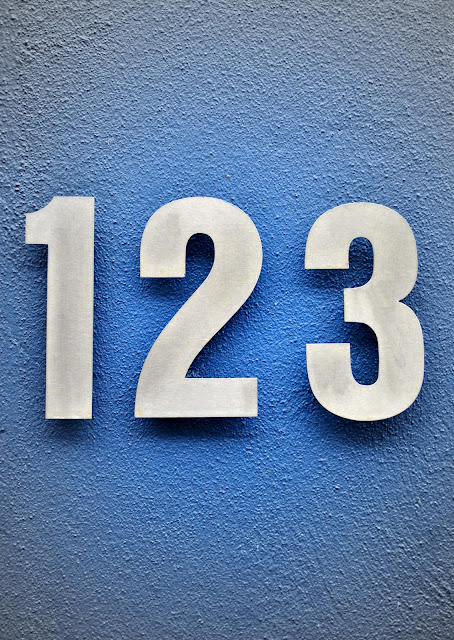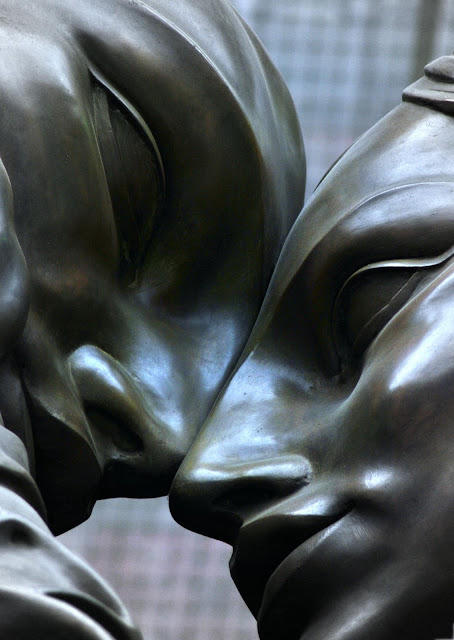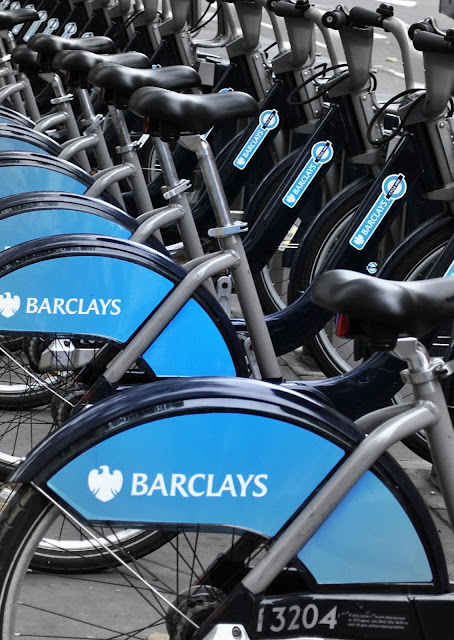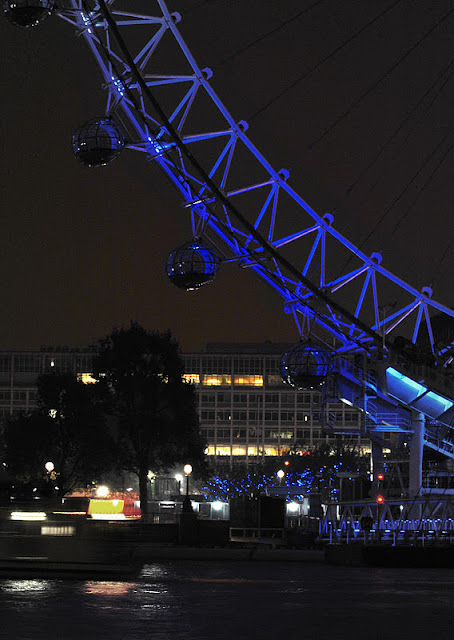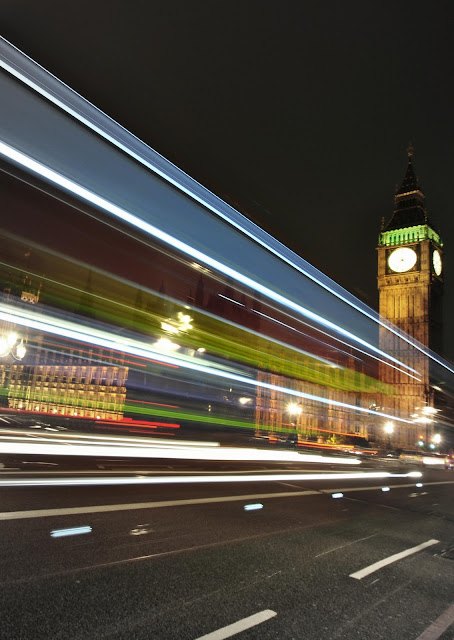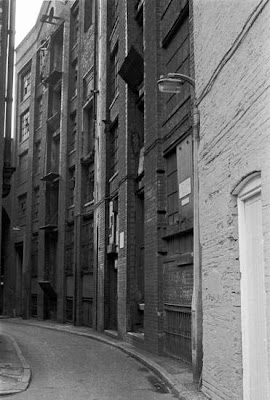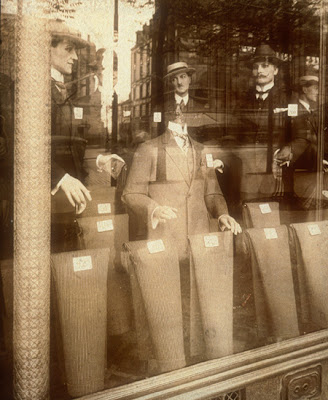For my second theme II Location – City, I decided put all five photographers in one post…to make it more visible as all have one main thing in common…Big City.
As I’m doing Calendar project for my unit 310 Photo Image output – all my images is taken in London, when I went try my skills in night photography. That time all my good intentions went to bin as I discovered I’m not so good in night photography after all. So as usual with some software help I making Black and White 2012 calendar based on photographs taken in capital, what turned out not so bad as I thought.
As I wanted to look other artist work I start more or less searching for some info in internet. Very useful for me was Flickr site, where you can find all sorts of photos from professionals and also from just amateurs.
David Gutierrez
 He is based in London, a self-taught photographer, specialising in architectural photography. Start his journey in photography in 2007, shooting in digital format and creating a collection of urban, architectural and night cityscapes.
He is based in London, a self-taught photographer, specialising in architectural photography. Start his journey in photography in 2007, shooting in digital format and creating a collection of urban, architectural and night cityscapes.
 I quite like his style, wish I was so good at night photography. All photographs are bursting with colour showing perfectly twisted night life in London. I suppose it’s good to live there to be able to capture all possible moments, as London rare is quite - always something going on -is like some sort of centre of the world and great object for photographers.
Photos taken at night can produce spectacular results – in fact many cities present their best views after dark.
I quite like his style, wish I was so good at night photography. All photographs are bursting with colour showing perfectly twisted night life in London. I suppose it’s good to live there to be able to capture all possible moments, as London rare is quite - always something going on -is like some sort of centre of the world and great object for photographers.
Photos taken at night can produce spectacular results – in fact many cities present their best views after dark.David Gutierrez certainly use that advantage showing perfect examples of a fairly long exposures, recording the light trails from the passing traffic.
Site where to look for more:
one of mine:
Using a long exposure I manage to create a same effect, what probably is the only one decant image from that entire trip. I didn’t post process it yet, cause I thing some needs to improve a bit, but that I`ll leave for final image part.
Peter Marshall
Photographer, Writer: NUJ member
Current web sites:
Studied photography as a short course during teacher training year in 1970-71, making use also of the opportunity to study media studies, film studies and gain practical experience behind a television camera. Since first portfolio in a photographic magazine in 1973 I have had worked in many books, newspapers, magazines and exhibitions.
Current photographic work falls into two distinct areas, both essentially documentary concerning the contemporary urban experience. Quite different, from a style and presentation, of previous artist. As Marshal - working in both b/w and colour on urban landscape and structures and also photographing people on the streets, mainly involved in activities such as demonstrations and festivals.
As I was more interested on his architectural look of London I choose to post some of his early work captured urban surroundings of London.
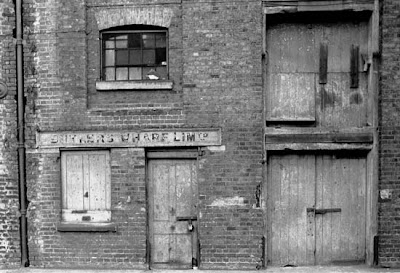 Most collections of London pictures concentrate on the well-known tourist attractions. Marshall sets out to show the whole range London buildings, - exceptional and the typical, including industrial, commercial, domestic and other types of buildings. Nothing wrong with that! We all know how Big Ben looks, also all great site see’s, but only few of us ever been outskirts of the big city, where you can find also excellent subject for photography.
Most collections of London pictures concentrate on the well-known tourist attractions. Marshall sets out to show the whole range London buildings, - exceptional and the typical, including industrial, commercial, domestic and other types of buildings. Nothing wrong with that! We all know how Big Ben looks, also all great site see’s, but only few of us ever been outskirts of the big city, where you can find also excellent subject for photography.Many of the sites in these pictures are no longer visible - demolished and redeveloped or tidied up and so on. These examples are from Marshall’s early work and probably will be hard to find any of those now.
When I’m going for a city shoots, I also like pay attention more of the beck streets rather than main attractions. Capturing doorways, posters, cafe corners, transport, tube makes me close to the big city, makes me more understand it`s rhythm what never stops.
So as P.Marshall like artist more or less painted down town life with all his attention of that times details. Photographs based on good composition of building parts, showing architectural lines working well together with tone of the images captured with film camera in black&white.
My tube station:
Straight away you can see difference from film camera compeer to digital. Choosing go for lower ground was able to capture main part of London`s city, part what makes it all going.
Eugène Atget
One of the old masters, born in February 12, 1857, died August 4, 1927, when photography industry was only started to grow.
 Documenting the architecture and street scenes of Paris gain his inspiration from the surrealists and other artists, but unfortunately his work only gained wide attention after his death.
Documenting the architecture and street scenes of Paris gain his inspiration from the surrealists and other artists, but unfortunately his work only gained wide attention after his death.Eugene Atget spent the early part of his photographic career building up a portfolio of work and clients in this field. His work included photographing old buildings, street vendors, architectural details and buildings that were about to be demolished.
Much of his work was aimed at artists and stage designers who would use his photographs as visual aids for their own work.
Atget used only an old wooden 18 x 24cm camera rather than anything modern at the time, as he said that they worked faster than he could think. The use of an old heavy camera and a wide-angle lens to capture more detail in his work often caused radical perspectives and vignetting in the upper corners.
He also liked to use long exposures and slow plate films which would cause halation and blurs from moving objects often working early in the morning to avoid people appearing in his work and in doing so some of his work appears very dreamlike and deserted.
Urban photography can cover many different aspects of our city landscape. The city provides its own unique lighting qualities from street lights, shop windows and car headlights. All of which can give the photographer many photography art options in creating an attractive image and to change the often stark and gritty urban landscape into something far more vibrant and exciting.
Shop window by me:
Reflections, shadows, people silhouette`s...all there in one window ...well shoving busy city life.
http://en.wikipedia.org/wiki/Eug%C3%A8ne_Atget
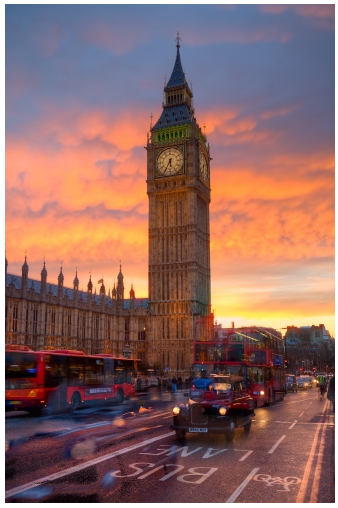
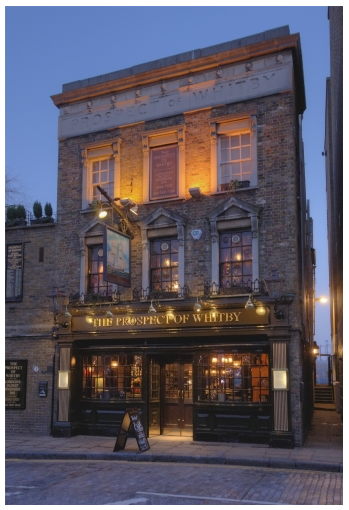
Christopher Holt
Find this photographer by a chance going through stock photos in Internet searching for good London images…He catch my eye with his simplicity, but also beauty of presentation of his home city.
 Based in London and undertake various commissions. He also shoots stock photography for publishers. Graduated in Civil Engineering in 1994 and started freelance company in engineering and photography in 1999. Basically a local photographer, specialising in London views on an almost daily basis, continually adding new photographs to his existing work collection and also a member of the Association of Photographers based in London England.
Based in London and undertake various commissions. He also shoots stock photography for publishers. Graduated in Civil Engineering in 1994 and started freelance company in engineering and photography in 1999. Basically a local photographer, specialising in London views on an almost daily basis, continually adding new photographs to his existing work collection and also a member of the Association of Photographers based in London England.
All photographs you can feel a style of London … it`s commercial potential…city that perhaps never sleeps. Listing Christopher’s gallery’s I found more interesting and inspiring materials for my project, shame I didn’t do that before I went to London. But probably biggest downside was my luck with poor weather conditions. If you look Holt`s photographs – full with different colour combinations, clear sky’s – beautiful, lifelike images.
My special attention came across Big Ben unusual scene, captured a lot different way as we get used to it see everywhere. I’m not an expert, but probably that kind of effect was possible using long exposure with first curtain synchronisation as the burst of flash at the end gives a ghostly appearance to the subject, what we clearly can see in the first image.
I like how is done and it’s not surprise me that this artist have satisfied customers all over the place as has been selling prints online since 2000.
All prints are made on real Fuji photographic paper.
Part of night London captured by me. A bit poor performance, but that time best I can come up with.:)
Jacki Key
Country
- New Zealand
- Equipment
- Cannon EOS 20D, Cannon EOS 300D, Canon 1D Mark III
-
Last but not least is Jacki Key, as I believe young photographer from New Zealand, who catch my eye with incredible, perfectly post processed images of London. That kind of art you often see on a posters and probably anyone are willing to pay the price for it.
Images I select to show you are a bit of everything what I love. Lower ground capture, black and whites, whit some hint of red and reflections...made with creative eye, which expresses vision of the city landscape, creating pictures with imagination and impact.
Specially last one...Reflected city image of shop window. These days environments more than at any other time, due to the many glass and metal constructed buildings, provide us with many opportunities to use reflections as a framework for our photography art. By simply taking advantage of that its possible to add another dimension to photographs it self.
 As I already added the best of my London reflection above with Eugene Atget photos there is one of mine familiar London scene, Big Ben, blurred traffic, Red London bus.
I quite like that kind of style, its very much suits for posters, or black and white picture frames, what you can find in modern interior all around the country.
As I already added the best of my London reflection above with Eugene Atget photos there is one of mine familiar London scene, Big Ben, blurred traffic, Red London bus.
I quite like that kind of style, its very much suits for posters, or black and white picture frames, what you can find in modern interior all around the country.
Jacki Key's work very much based to capture standard surroundings and more or less acceptable for most viewers. That's way probably I choose it as my favourite for this part of research. Images what nicely produced and well presented just made for admiring.
Take a look:
For each of my posted photograph has used varying photographic techniques to give the images impact and to present the viewer with a completely different experience of an every day scene. All we have to do fallow thous techniques such as:
- Using unusual or creative camera angles
- Using different shutter speeds
- Choosing to use colour of black and white exposures.
- Using natural light to create atmosphere
- Creating space around a subject
- Using the eyes natural movement to compose the subject in the frame.
Certain techniques and viewpoints of city landscape photography make the viewer to see the environment around them from a completely different viewpoint.

